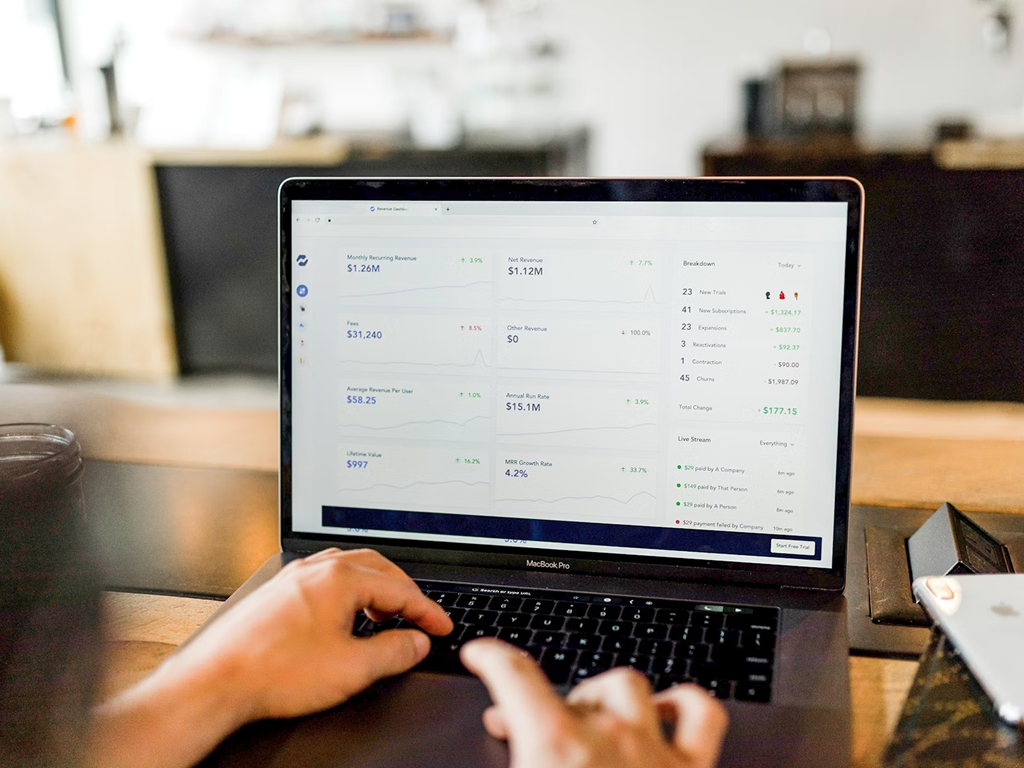How to Find Quality Sites for Link Insertions (Without Getting Penalized)


Link building remains one of the most powerful strategies in SEO, but not all links are created equal. A high-quality backlink can supercharge your rankings, while a low-quality one can trigger penalties from Google, damaging your site's authority and visibility. That’s why it’s crucial to know how to find quality sites for link insertions—without raising any red flags.
In this comprehensive guide, we’ll walk through everything you need to know, from identifying the right metrics to avoiding the pitfalls of shady sites. Whether you're a digital marketer, SEO expert, or website owner, this article will serve as your blueprint to safe, scalable, and strategic link insertion.
What Are Link Insertions?
Link insertions (also known as niche edits) refer to the practice of adding a backlink into an existing piece of content on a third-party website, rather than creating a new guest post. This strategy is faster and often more cost-effective, but it must be handled with care to avoid SEO penalties.
Key Benefits:
· Faster implementation
· Can leverage existing indexed content
· Often lower cost than guest posting
· Minimal content writing effort
However, it’s also a method that Google keeps a close eye on, especially when executed on low-quality or spammy sites.
Why Finding Quality Sites Matters
Google’s algorithm evaluates not just the backlink, but the quality of the referring domain. If the site lacks authority, relevance, or is part of a known link farm, your backlink might do more harm than good.
Risks of Low-Quality Link Insertions:
· Google manual actions and penalties
· Algorithmic devaluation
· Loss of domain authority
· Decline in organic rankings
· Damaged brand credibility
That’s why quality vetting is critical.
How to Identify Quality Sites for Link Insertions
Let’s break down the exact criteria to find trustworthy and valuable websites for link placement.
1. Domain Authority (DA) and Domain Rating (DR)
While not Google's official metric, Moz’s DA and Ahrefs’ DR are widely accepted indicators of a site's backlink strength.
Pro tip: Aim for DA/DR of 30+ for most niches. For competitive industries, 50+ is ideal.
✅ Use tools like Ahrefs, Moz, or SEMrush to check metrics.
2. Traffic Quality and Consistency
More important than raw traffic numbers is organic traffic quality. You want backlinks from websites with steady, real, and topically relevant traffic.
· Use Ahrefs or SEMrush to analyze traffic trends.
· Avoid sites with sudden traffic spikes or drops (possible algorithm hits).
· Ensure traffic comes from Google search, not referral spam.
3. Topical Relevance
Google values contextual relevance. If your site sells fitness products, getting a link from a tech blog won’t do much.
· Check if the site covers your niche or related topics.
· Review the content category where your link will be inserted.
· Relevance beats raw authority.
4. Spam Score and Link Profile
Sites with high spam scores (over 20% on Moz) or unnatural link profiles should be avoided.
· Look for signs of PBNs (Private Blog Networks)
· Excessive outbound links? That’s a red flag.
· Low-quality anchor texts and irrelevant external links are a bad sign.
5. Content Quality and Editorial Standards
Read several posts from the target site. Ask:
· Is the content well-written and original?
· Are there grammatical errors or keyword stuffing?
· Does the site update regularly?
Sites with high editorial standards are more trusted by Google.
6. Indexation Check
Make sure the target page is indexed by Google.
· Use site:domain.com in Google search.
· You can also paste the URL in Google Search Console (if you own the site) or use tools like Screaming Frog.
7. HTTPS and UX Signals
· Ensure the site uses SSL (https).
· Check mobile responsiveness.
· Verify that the site loads quickly and has a clean user interface.
Google rewards sites that prioritize user experience.
Red Flags to Watch Out For
If a site displays any of the following, steer clear:
· Over-optimized anchor texts in articles
· Paid link disclosures in the footer
· Thin content with no topical focus
· Unnatural ratio of outbound vs inbound links
· Hosted on the same IPs as dozens of other blogs (PBNs)
· Extremely low DR but high DA (can indicate manipulative tactics)
Where to Find Quality Link Insertion Opportunities
Here’s where the real legwork begins. Consider these methods to identify high-quality sites open to link insertions.
1. Manual Prospecting via Google
Use advanced search operators:
· inurl:blog intitle:"keyword"
· "write for us" + keyword
· "this post was originally published on" + keyword
These help you discover niche-specific blogs and resource pages.
2. Competitor Backlink Analysis
Use Ahrefs or SEMrush to find where your competitors are getting their links.
· Export their backlinks
· Filter by DR, traffic, and referring domain
· Reach out to those same websites
This reverse-engineering strategy is one of the most effective ways to scale safely.
3. LinkedIn and Twitter Outreach
Many blog owners and content managers hang out on social platforms. A well-crafted DM can open doors faster than cold emails.
Tips:
· Personalize your message
· Reference specific articles they’ve written
· Offer value in return (e.g., promotion, content suggestions)
4. Content Aggregator Sites
Sites like Medium, Thrive Global, and GrowthHackers allow link insertion within high-quality content, especially if you’re a contributor. These sites often have good domain metrics and real readers.
5. Niche Marketplaces and Link Brokers (With Caution)
Some vetted marketplaces offer link insertions, such as:
· Authority Builders
· Loganix
· LinksThatRank
Ensure the marketplace discloses site metrics, content quality, and transparency. Avoid platforms selling mass-produced links.
How to Avoid Google Penalties
Even with the best intentions, link insertion can trigger penalties if mishandled. Here's how to stay on the safe side.
✅ Follow These Best Practices:
1. Use Natural Anchor Texts
Avoid exact-match keywords. Use branded or partial-match anchors like “read more here” or “according to this guide.”
2. Maintain Anchor Diversity
Don’t use the same anchor text repeatedly across multiple domains.
3. Limit the Number of Links Per Article
Too many links look unnatural and spammy. 1–2 per post is ideal.
4. Don’t Overdo It
Gradual link building looks more authentic to Google than a sudden spike.
5. Disavow Toxic Links
Monitor your backlink profile monthly using Google Search Console. Disavow bad links to stay penalty-free.
Tools to Help You Evaluate Sites
Tool | Purpose |
Ahrefs | Check DR, backlink profile, and traffic |
SEMrush | Traffic analysis, organic keywords, link audits |
Moz | Domain Authority and spam score |
Hunter.io | Find email addresses for outreach |
Screaming Frog | Indexation and SEO audits |
Google Search Console | Monitor link health and penalties |
Bonus: Link Insertion Email Template
Here’s a simple outreach template you can customize:
Subject: Quick question about your [Article Title]
Hi [Name],
I really enjoyed your post on [Topic]. I noticed you mentioned [Related Topic] and thought it would be helpful to your readers if you included this resource:
[URL] – [Brief Description]
I think it aligns well with your content and provides additional value. Let me know your thoughts!
Best,
[Your Name]
[Your Website]
✅ Final Thoughts
Finding quality sites for link insertions is more than a numbers game—it’s about strategy, relevance, and sustainability. Focus on building genuine relationships, prioritizing editorial integrity, and aligning with Google's best practices.
By following the framework in this guide, you can scale your backlink profile safely and effectively—without ever worrying about penalties.


